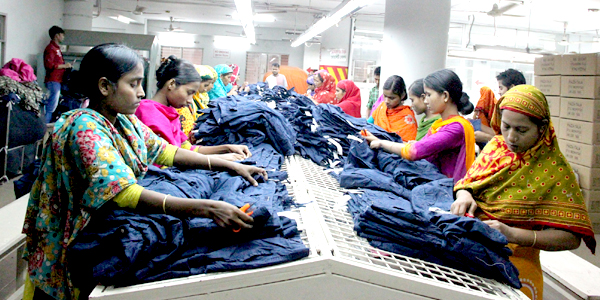
Japan International Cooperation Agency (JICA) – the primary Japanese governmental agency responsible for technical cooperation component of Japan’s bilateral ODA (Japan’s Official Development Assistance) programme has recently signed Japanese ODA loan agreements with Bangladesh to provide up to Yen 133 billion for six major projects, with the readymade garment sector of the country coming under the first project.
Also Read – Japan introduces ‘J Quality’ logo for made in Japan apparel
The readymade garment sector is a main driver of the growth and comprises 80 per cent of the country’s exports. However, against a backdrop of fierce global competition and a lack of competitiveness in the industrial sectors, it will be more and more difficult for Bangladesh to achieve economic growth in a sustainable manner despite a stable 6 per cent growth for more than 10 years, Japan International Cooperation Agency (JICA) has observed.
To overcome such obstacles, it is important for Bangladesh to promote foreign direct investment (FDIs). This in turn would enable the country introduce new technology from overseas, nurture high value-added export-oriented enterprises and diversify its industries.
The six projects to be funded by the Japanese agency include urban building safety and improving public services, encouraging industrial diversification and promoting economic growth by improving investment climate in Bangladesh, safer and efficient transportation, improving health service to a higher level and stable power supply, a press release issued by the Japan International Cooperation Agency underlined.
Also Read – Bangladesh’s November exports up 13.73%
The overall rate of electrification in the country was a mere 62 per cent (in 2013), despite potential power demand rising thanks to higher growth. Even as power demand in Bangladesh is expected to increase at an annual rate of 8.5 per cent, the present power supply cannot meet the increasing demands with domestic natural gas, used for about 70 per cent of the power currently used for power production. As such there is a need to diversify the power production fuels in use to strengthen the power supply capacity.






